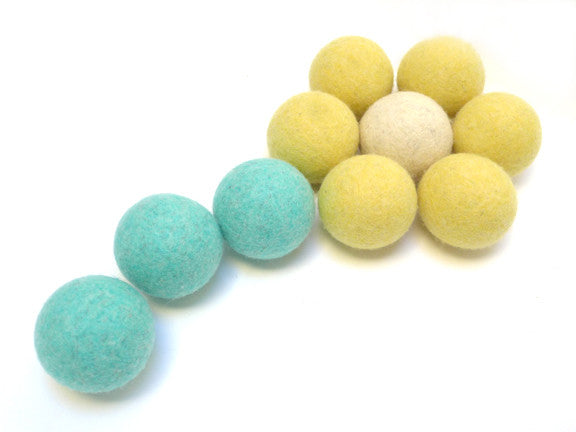Your Cart is Empty
Shop Our Anniversary Sale
Shop Our Anniversary Sale
Plants That Make the World a Better Place
May 10, 2016 3 min read

Plants can transform a landscape into a tropical oasis or a desert sanctuary. They also help out the environment by producing oxygen, storing carbon, purifying water and building topsoil.
Gardens, too, have a greater good as they provide food to people, animals and organisms.
The need for plants is so immense that the government approved the USDA People’s Garden Initiative (peoplesgarden.usda.gov), encouraging people to start their own community gardens. In addition to tips for achieving this goal, the website addresses the importance of pollinators—honeybees, butterflies and other animals instrumental in growing healthy crops.
That got me thinking: What plants are healthy for my family and the environment?
Turns out there are quite a few. Here are some suggestions to help you start planning:
• Milkweed: Butterflies, especially the Monarch butterfly, are facing extinction. According to Monarch Joint Venture’s website, milkweed attracts butterflies and provides nourishment. Milkweed also helps other pollinators as it provides valuable nectar resources to bees and butterflies. For a list of milkweed varieties ideal for your region, visit www.monarchwatch.org/bring-back-the-monarchs/milkweeds-by-state/.
• Dill: Rather than pesticides, rid your garden of leaf-eating organisms with plants that attract insects that go after them. Dill, for example, attracts lacewings. Lacewings, in turn, feed on virus-carrying insects such as aphids, also known as plant lice.
• Yarrow: This drought-tolerant plant is quite hardy and easy to grow. It attracts useful insects, such as the syrphid fly (also known as the hoverfly), an important pollinator whose larvae eat many harmful insects such as aphids, cabbage worms, mealybugs and caterpillars. Yarrow also repels ants.
• Mint: While most of us run for the hills when we spot a bee, the buzzing insect is actually beneficial. That’s because bees are big pollinators. Long-tongued bees are attracted to mint plants and many varieties of native plants. For a list of flowers and plants bees love, check out http://gardening.about.com.
• Fruit and vegetables: We all know meat is a key component of the food pyramid. However, researchers are re-educating us, pointing at the harmful effect of meat-heavy diets on the environment. The livestock sector — raising cows, pigs and chickens — generates as much greenhouse gas emissions as all cars, trucks and automobiles combined, according to Greenpeace. So grow your peas and carrots—you and the environment will be healthier for it.
• Trees: Besides creating a restful, shady spot, trees do so much more. According to TreePeople.org, trees clean the air, provide oxygen, save water, help prevent soil erosion and conserve energy. Low-maintenance trees are most beneficial. So rather than go hug a tree, consider planting one.
• Houseplants: Houseplants can improve indoor air quality, researchers say. Peace Lily, Rubber Plant and Dracaena are all great choices as they remove air pollutants like acetone, alcohols, trichloroethylene, formaldehyde and benzene. Indoor plants also create a tranquil environment, and we could all benefit from that.
 BEE a Supporter
BEE a Supporter
Pollinators play a critical role in our gardens, so much so that a growing movement is buzzing about this message.
Check out the Million Pollinator Garden Challenge—a nationwide campaign to register a million pollinator-friendly public and private gardens—and commit your own garden or landscape. It’s a great way to support the cause and teach your children about the connection between pollinators and a healthy food and thriving environment.
To register your garden or find out more ways to support the campaign, visit www.millionpollinatorgardens.org.
Leave a comment
Comments will be approved before showing up.
Subscribe
Sign up to get the latest on sales, new releases and more …

Join the LooHoo Community
Sign Up Now to be the first to learn about new products, sales and giveaways.

